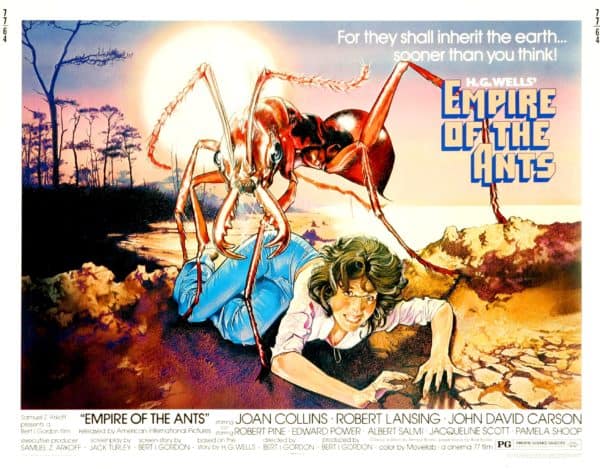
 Mutant ants. No problem right, just grab the Raid?
Mutant ants. No problem right, just grab the Raid?
Researchers at the Rockefeller University in New York City have used the gene-editing tool CRISPR-Cas9 to create the world’s first genetically altered ants, and in the process have shed new light on the way ants communicate with each other.
It turns out that making mutant ants is a surprisingly difficult undertaking, compared to the scores of genetically-altered mice, fruit flies and other creatures already devised by modern science, and it’s challenging for the same reason that has made the insects so successful in the first place: their sociability.
Sounding like the premise of an X-Men movie, graduate fellow Waring Trible of the Rockefeller University’s Laboratory of Social Evolution and Behaviour insists that the trick was in fooling the other ants to accept their mutant cousins as one of their own.
”We had to convince the colonies to accept the mutants,” says Trible, in a press release. “If the conditions weren’t right, the worker ants would stop caring for larvae and destroy them. Once the ants successfully made it to the adult phase, we noticed a shift in their behaviour almost immediately,” he said.
The aim of the experiment was to test the role played by pheromones in ant communication, something that has already been observed but not fully understood in its genetic roots. Ants use sensory hairs on their antennae to pick up the scent of various pheromone signals, but what part of their genetic makeup accounts for the odour reception capabilities?
To that end, researchers genetically altered lines of ants by disrupting a gene called orco (short for odorant receptor co-receptor) to see how it affected the new mutant ants’ ability to sense pheromones and, effectively, to communicate properly with their comrades.
It turned out that without proper odorant receptors, the orco ants showed signs of behavioural abnormalities, such as being incapable of staying in a straight line with the other ants (accomplished by all of them following the same pheromone trail), refusal to forage like the other ants and becoming startled for no particular reason.
“Suddenly these ants aren’t really social any more. They wander off, they don’t join the colony,” said Daniel Kronauer, co-author of the new study and also of the Laboratory of Social Evolution and Behaviour. “They just walk around.”
The result is not just that without proper smelling capabilities, ants become social outcasts, more importantly, it provides the first conclusive proof that olfactory communication, essential for ant survival, is grounded in their odorant receptors.
The team further discovered that without the same amount of odorant receptors, the orco mutant ants actually developed different brain anatomy, showing how tight the link is between pheromone sensing and brain functioning in ants.
“These results illustrate that odorant receptors are essential for ant social organization and raise the possibility that, similar to mammals, receptor function is required for the development and/or maintenance of the highly complex olfactory processing areas in the ant brain,” say the study’s authors.
The new research is published in the journal Cell.
Leave a Reply
You must be logged in to post a comment.




 Share
Share Tweet
Tweet Share
Share




Comment